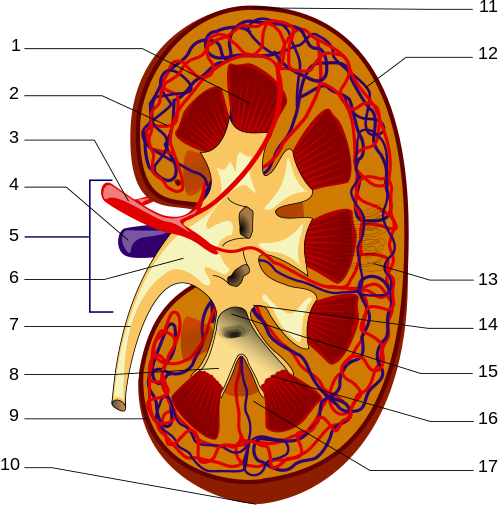
Photo from academic.microsoft.com
Acute kidney injury (AKI) is one of the most common and probably one of the more consequential complications of critical illnesses. Recent information indicates that it is at least partially… Click to show full abstract
Acute kidney injury (AKI) is one of the most common and probably one of the more consequential complications of critical illnesses. Recent information indicates that it is at least partially preventable; however, progress in its prevention, management, and treatment has been hindered by the scarcity of knowledge for effective interventions, inconsistencies in clinical practices, late identification of patients at risk for or with AKI, and limitations of access to best practices for prevention and management of AKI. Growing use of electronic health records has provided a platform for computer science to engage in data mining and processing, not only for early detection of AKI but also for the development of risk-stratification strategies and computer clinical decision-support (CDS) systems. Despite promising perspectives, the literature regarding the impact of AKI electronic alerts and CDS systems has been conflicting. Some studies have reported improvement in care processes and patient outcomes, whereas others have shown no effect on clinical outcomes and yet demonstrated an increase in the use of resources. These discrepancies are thought to be due to multiple factors that may be related to technology, human factors, modes of delivery of information to clinical providers, and level of expectations regarding the impact on patient outcomes. This review appraises the current body of knowledge and provides some outlines regarding research into and clinical aspects of CDS systems for AKI.
Journal Title: Kidney international
Year Published: 2018
Link to full text (if available)
Share on Social Media: Sign Up to like & get
recommendations!